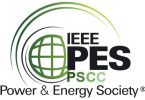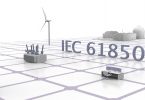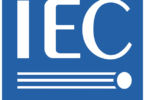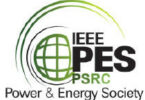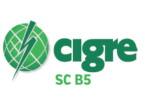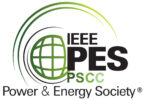by Christoph Brunner, it4power, Switzerland
Don’t worry – this column will not be about hybrid cars. This is the time, where my “update” provides an overview on the actual status of IEC 61850 standardization and summarizes what has happened.
What happened? Well – clouds are clearing, so standardization needs to get out of the clouds and back to earth. In the early weeks of this year, we have seen the first “in person” meetings since February 2020. They took part as so-called hybrid meetings, where besides having a meeting room on site, there was as well a remote access provided. It was the IEEE PSRC and PSCC meeting which met as part of the IEEE Joint Technical Committee Meeting in Garden Grove, California and it was the TC57/WG10 meeting, which met in Lyon, France. We had about one third participation on site, the rest was connected remotely.
The feedback from the participants attending in person was overall positive. Finally, we could focus again on the standardization work during the duration of the meeting. It makes a significant difference in having a week of focused work instead of scattered time slots of short meetings across your whole schedule. From the perspective of being in the physical meeting room, the discussions with both local as well as remote participants worked well, as long as the remote participants followed the golden rules of web-based meetings, which means you raise your hands and wait until it is your turn to talk.
Having a physical meeting with remote access, means that some of the participants may have to get up early or go to bed late. But it was always like that. I expect that soon we will have more participants attending in person.
Now getting back to the key topics – what were the latest achievements in Standardization? During the WG10 meeting in Lyon, we made some good progress and as well some decisions about the future directions of some of our work. With the typical four-hour sessions for each TF that we have with a physical meeting, we could focus our work and getting progress.
One of our activities that is going on since a while is the preparation of the technical specification (TS) IEC 61850-80-5 – mapping between IEC 61850 and Modbus. Other than with the part 80-1 which is the mapping on 60870-5-101/-104, Modbus does not have structured datatypes as IEC 61850, so the mapping is not obvious. What shall be achieved with this part of the standard is the possibility to describe in an SCL file how Modbus bits are mapped on a specific semantic IEC 61850 data object. Or with other words, describe that e.g. from a certain Modbus register, the first two bits map on the position of a circuit breaker in the system – the circuit breaker would be identified in the 61850 SCL file and the mapping would be on the DA XCBR.Pos.stVal. Such a mapping, in some cases may include conversion functions, as you may have to calculate a real time value out of two Modbus registers.
Recently, that task force made good progress. But it only looked at the monitoring direction so far – control mapping is still open. Also, there is a lack of practical feedback. As we all agreed that there is a significant value behind that work. – If we think about the many DERs that exist using Modbus and that will potentially need to be integrated in a DER management system, such an integration is much easier, when the semantics of the DER device can be described in a standardized, machine processable way. Therefore, it was decided to publish the first existing part as soon as possible, to make it accessible. So instead of completing the TS with the full mapping in both directions, we will in a first step publish the mapping of the monitoring direction as a technical report, hoping that we will get some feedback from implementations.
Another topic where we made some good progress was the relaunch of the parts 61850-7-5 and -7-500 for a second Edition. Those parts are guidelines that shall help to understand some of the modeling concepts in IEC 61850. Part 7-5 deals with the more generic parts like handling of quality bits, while part 7-500 deals with modeling of substation applications.
We identified out a list of topics raised by the task force user feedback some priority topics that we will address in the next revision of those parts. As some of those topics will require model extensions, it was decided that those extensions will be defined in a technical report 61850-90-25 as a trial namespace, before they will be integrated in the core part. With that, the parts 7-5 and 7-500 will remain guidelines that are valid in the future, while 90-25 will sooner or later disappear, once integrated in the core standard.
On the topics of SCL and extensions – we are mainly working on some extensions to SCL defined in what is so far called the 6-100 task force as well on an extension to the BAP guideline (7-6), to support modelling of BAPs in SCL. While the part 6-100 was initially intended to specify function modeling and possibly define function types, the current work done in this task force is more about defining extensions to SCL to support in the future such function modeling. Additionally, that work also includes some SCL extensions for specification. Therefore, it was suggested, to rather publish that as a TR in the 90-xx range, to keep 6-100 number available for future function definitions. However, from a XML schema defining those extensions, we decided to keep the number and integrate in a second step as well the proposed extensions for BAP. Both will later be incorporated in the core SCL schema.
So overall – we made good progress at the physical meeting. A lot could be accomplished within that one week.
Related to the DER activities, I should mention that the second Edition of 61850-7-420 has been published last year. I may talk about that in a later column.
Biography:
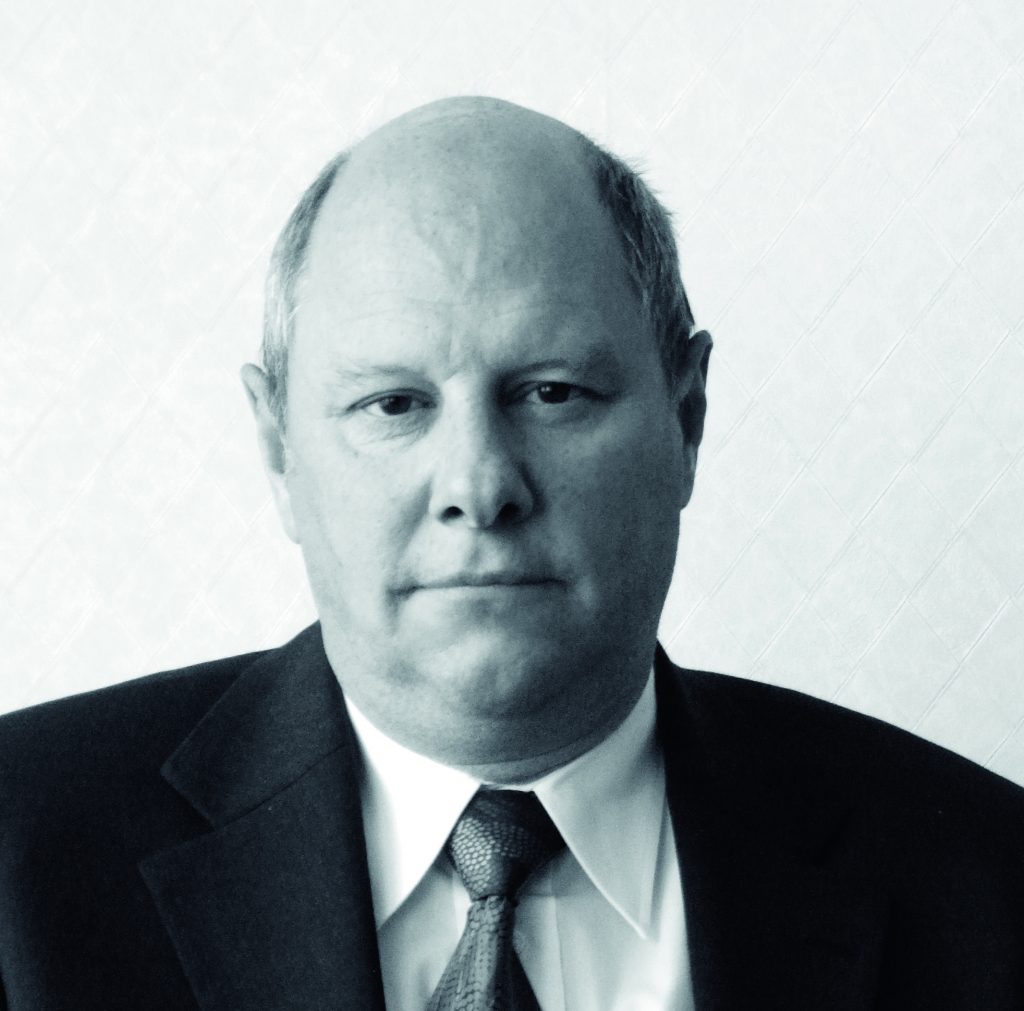
Christoph Brunner is the President of his own independent consulting company it4power LLC based in Switzerland. He has over 25 years of experience with knowledge across several areas within the Utility Industry and of technologies from the Automation Industry. He has worked as a project manager at ABB Switzerland Ltd in the area of Power Technology Products in Zurich / Switzerland where he was responsible for the process close communication architecture of the automation system. He is Convener of WG 10 of the IEC TC57 and is a member of WG 17, 18 and 19 of IEC TC 57. He is member of IEEE-PES and IEEE-SA. He is an IEEE Fellow and is active in several working groups of the IEEE-PSRC and a member of the PSRC main committee and the subcommittee H. He is advisor to the board of the UCA international users’ group.



